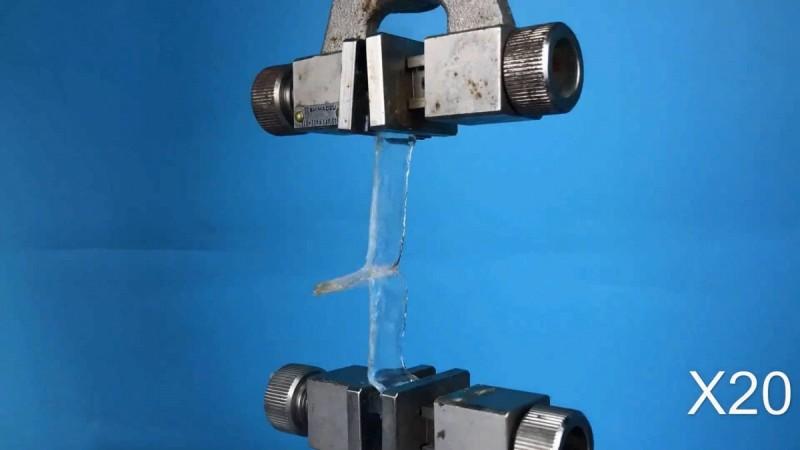
A novel painless adhesive that works even on wet surfaces can soon make the removal of band-aids a lot less painful, says an international team of researchers.
The new adhesive can strongly adhere wet materials -- such as hydrogel and living tissue -- and be easily detached in the presence of ultra-violet (UV) light, a feature that could be applied to a range of new medical procedures.
The adhesives could be used to attach and painlessly detach wound dressings, transdermal drug delivery devices, and wearable robotics.
"Our method of using light to trigger detachment is non-invasive and painless," said lead author Yang Gao, a researcher at Xi'an Jiaotong University.
The adhesive uses an aqueous solution of polymer chains spread between two, non-sticky materials.
On their own, the two materials adhere poorly together but the polymer chains act as a molecular suture, stitching the two materials together by forming a network with the two pre-existing polymer networks. This process is known as topological entanglement.
When exposed to UV light, the network of stitches dissolves, separating the two materials.
In the study, published in the journal Advanced Materials, the team tested adhesion and detachment on a range of materials, sticking together hydrogels; hydrogels and organic tissue; elastomers; hydrogels and elastomers; and hydrogels and inorganic solids.
While the researchers focused on using UV light to trigger detachment, their work suggests the possibility that the stitching polymer could detach with near-infrared light.
"In nature, wet materials don't like to adhere together... Our molecular sutures can strongly adhere wet materials together," said Zhigang Suo, Professor at Harvard's School of Engineering and Applied Sciences (SEAS).
"Furthermore, the strong adhesion can be made permanent, transient, or detachable on demand, in response to a cue. So, as we see it, nature is full of loopholes, waiting to be stitched."













!['It's not Mumbai traffic, it's air traffic': Suriya apologises to Mumbai media after paparazzi yelled At Him for making them wait for hours [Watch]](https://data1.ibtimes.co.in/en/full/806234/its-not-mumbai-traffic-its-air-traffic-suriya-apologises-mumbai-media-after-paparazzi.jpg?w=220&h=138)



